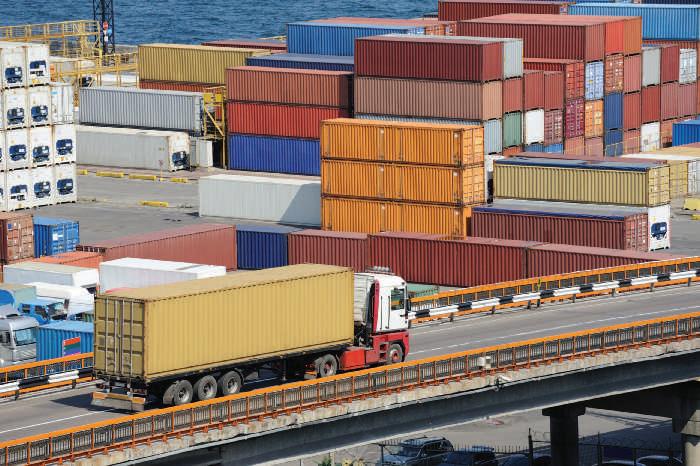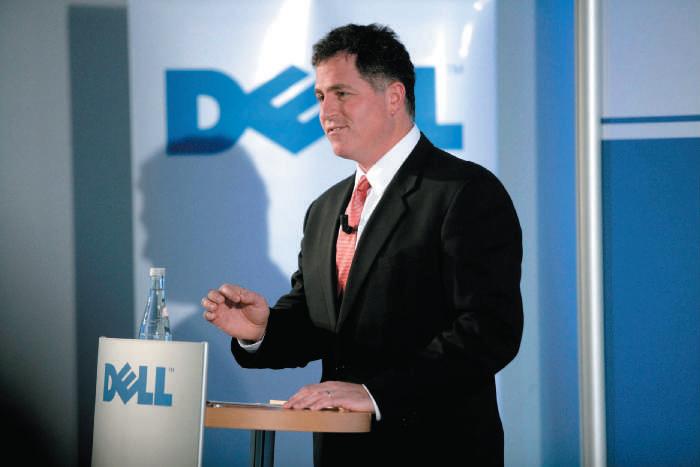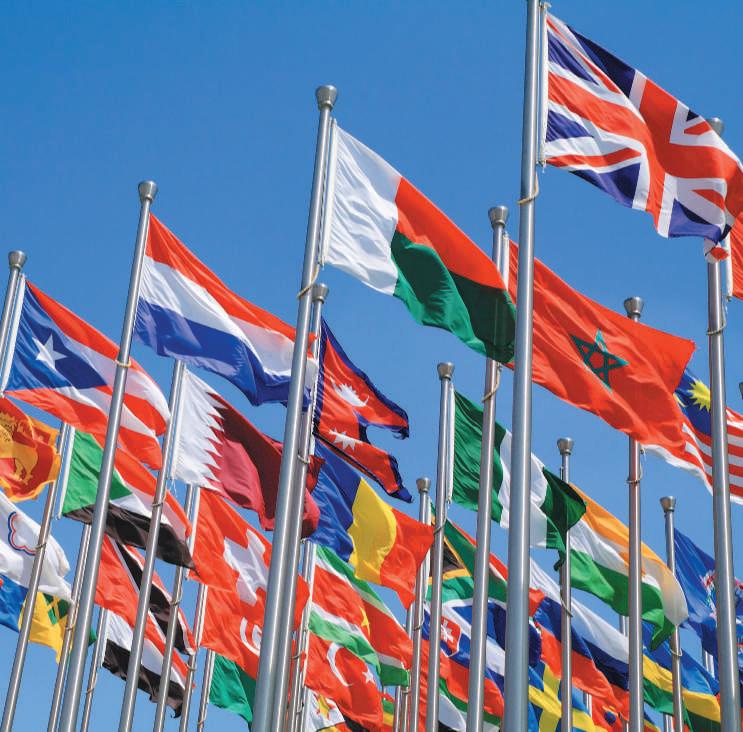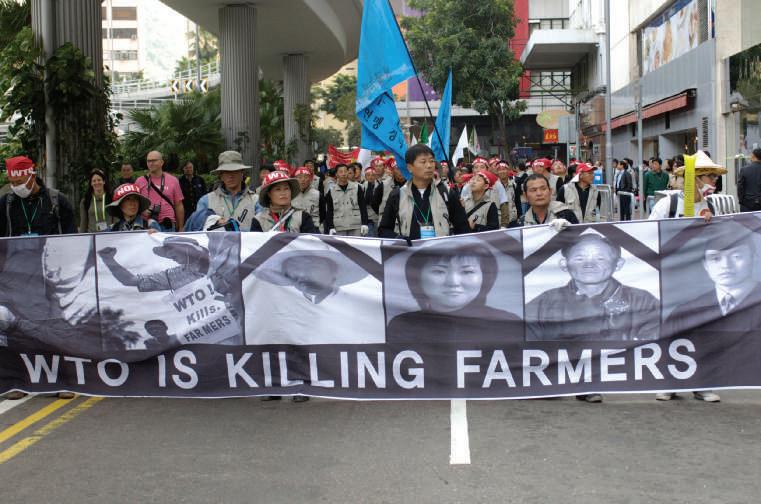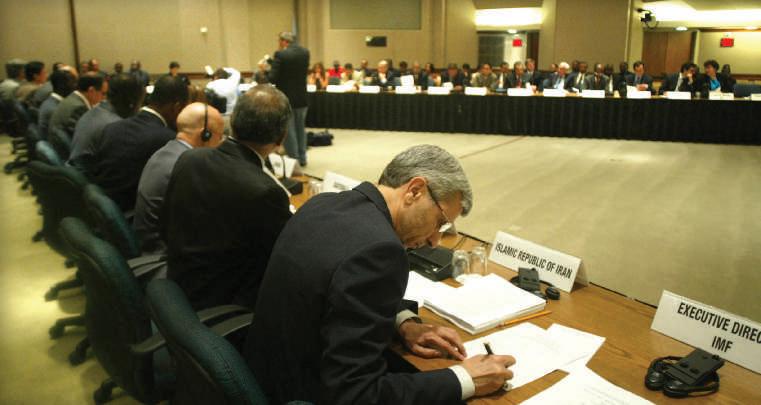C u r r e n t P r a c t i ce o f “ M a n a g ed ” T r a de
51
2-4a-(ii) Export Cartels Rich, developing countries dependent upon certain nonrenewable natural resources have generally seen their export earnings and economic growth widely fluctuate. Commodity price changes caused by business cycles, as well as a limited number of countries competing with one other in the same market cause this to happen. In order to maintain stable economic growth, natural-resource-rich countries have tried to join together to form export cartels, which could control export volume and prices. The Organization of Petroleum Exporting Countries (OPEC), which has considerable influence over crude oil supply and prices throughout the world, exemplifies an export cartel. There are certain requirements for export cartels to be successful; all cartel members must agree not to cheat on the agreement, substitutes for the good in question must not exist, and demand for a particular product must be relatively inelastic. 2-4a-(iii) Infant Industry Argument Economists have successfully argued that at times when a country gets a “late start” in a particular industry where it has a potential to become a world-class competitor, short-term protection for that industry or firm may be justified. This infant industry argument expects that economies of scale and the comparative advantage of an industry can only be exploited by providing temporary protection. During this period, the firm or industry will grow and become globally competitive, thereby enhancing society’s gains from trade for the long term. For example, in the past, several South Korean firms in the semiconductor and automotive sectors have been provided protection under the infant industry premise. 2-4a-(iv) Questionable Labor Practices and Environmental Considerations Developed countries often resort to managed trade for reasons of unethical labor practices and violation of basic human rights. International Labor Organization (ILO) standards does not accept the use of child labor, unusually long work hours, below subsistence-level wages in the production of exports (e.g., the case of Nike in Vietnam), or working under dangerous conditions with toxic chemicals (e.g., manufacture of fire crackers in Sivakasi, India). Developed countries may restrict imports from developing countries that implement such policies. For instance, environmental degradation brought about through slash-and-burn policies in the Brazilian Amazon region in order to grow sugar cane for ethanol can be one reason why the European Union imposes a tariff on Brazilian ethanol of €0.19 per liter. The European Union hopes that this measure will force Brazil to change its environmental and labor practices. 2-4a-(v) Health and Safety Every country has the sovereign right to protect the health and physical safety of its citizens from contaminated imports. Food safety measures introduced to prevent the entry of harmful pests and diseases via imported foods, animals, and plants are a justifiable means to protect human life and physical health. For Japan, the world’s largest net importer of agricultural products, food safety has been of particular concern. For example, when the first case of BSE-infected cattle was discovered in the United States in 2003, Japan’s government quickly moved to halt U.S. beef imports. The two countries held several rounds of talks before Japan lifted the ban on U.S. beef in 2005. Similarly, the European Union has banned imports of genetically modified (GM) crops and processed goods from the rest of the world.
2-4b Geopolitical Rationale There are several geopolitical and strategic reasons why nations practice managed trade. The geopolitical objective is to sacrifice some economic efficiency for the greater good of the country in terms of national security, protection of critical industries, and international commerce. 2-4b-(i) National Security For national security reasons, U.S. exports of certain types of high-technology defense equipment, instruments, devices, and components are generally restricted to allies and friendly countries; this applies to dual-purpose equipment (items that
export cartels
a group of countries that could effectively control export volume to keep their export prices, revenues, and economic growth stable or high
infant industry argument
temporary provision of protection to nascent industries that have good prospects of becoming globally competitive in the medium term
Copyright 2017 Cengage Learning. All Rights Reserved. May not be copied, scanned, or duplicated, in whole or in part. Due to electronic rights, some third party content may be suppressed from the eBook and/or eChapter(s). Editorial review has deemed that any suppressed content does not materially affect the overall learning experience. Cengage Learning reserves the right to remove additional content at any time if subsequent rights restrictions require it.









